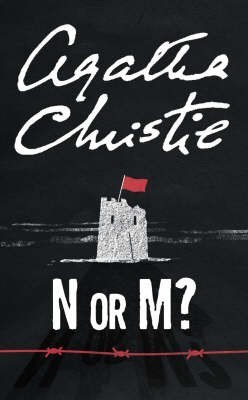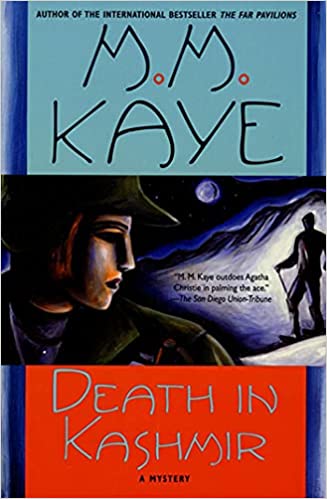The famous coloratura opera singer Tina Rossi has made a rendezvous with her lover, Kenneth Holmes, at the flat of one of his friends. When she arrives, though, Kenneth is not there, but a body is in the wardrobe. She has just discovered it when Johnson Johnson, the famous portrait painter, arrives with two policemen, saying there’d been a complaint. Reader of this series know that Johnson is a lot more than an artist. (Although I guess they don’t know at this point.)
Tina puts them off, but after they go outside, a man with a gold tooth bursts out of the wardrobe. Tina screams, but they miss him and he escapes.
Tina is now afraid for Kenneth, but acknowledging the affair could destroy her career. She decides to go to the island of Rum, where his laboratory is located. But she must do it without anyone suspecting, especially her agent, Michael Twiss, who has been trying to keep them apart. Later, she hears that Kenneth is suspected in the explosion aboard a nuclear submarine that was developed under his management. That makes her more eager to get to Rum.
Luckily, Johnson offers to paint her portrait if she will join him for a yacht race in Western Scotland that ends near Rum. Shortly after they leave, it becomes clear that someone is trying to kill Tina.
Dunnett’s Dolly series (Dolly is the name of the yacht) poses as mysteries but the books are really adventure novels with espionage at their core. They are fast moving with entertaining dialogue. All of them are narrated by a different woman, vividly drawn. The 60s yachting life seems to be pretty wild. These books make entertaining reads, even though it is generally impossible to guess what’s going on.
These books have not been republished in order, and I have not been reading them in order. This one, original name Dolly and the Singing Bird, was actually the first one in the series.













